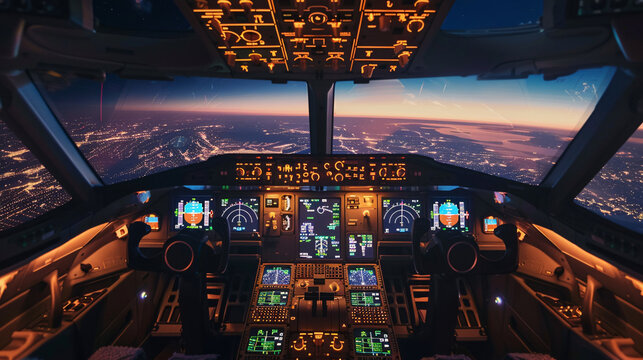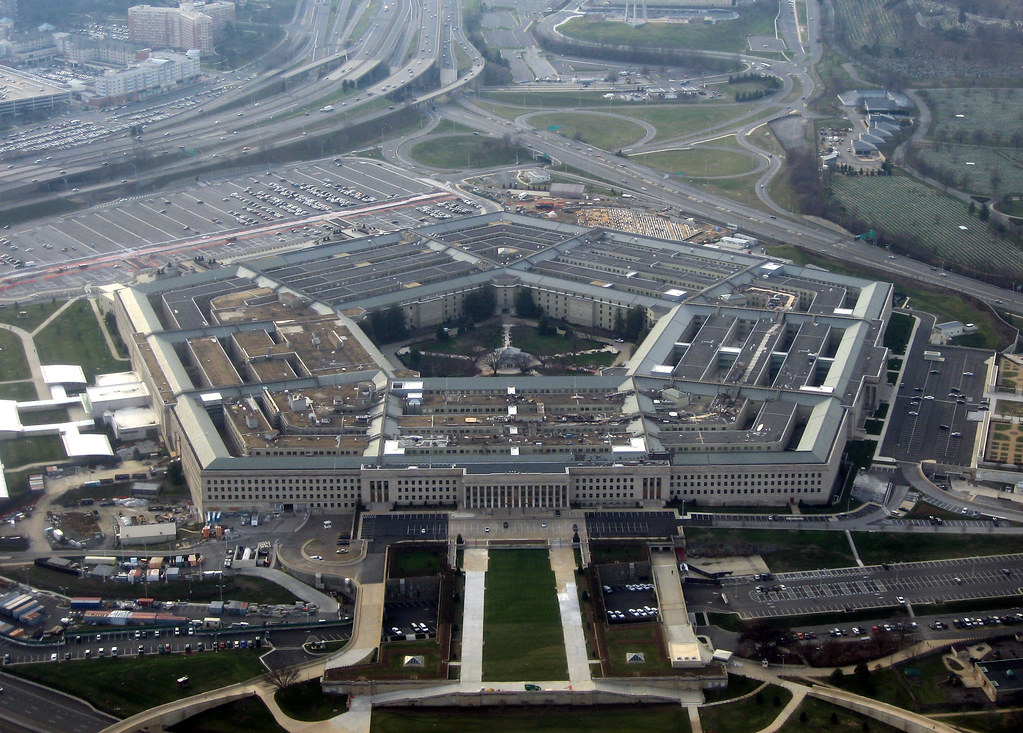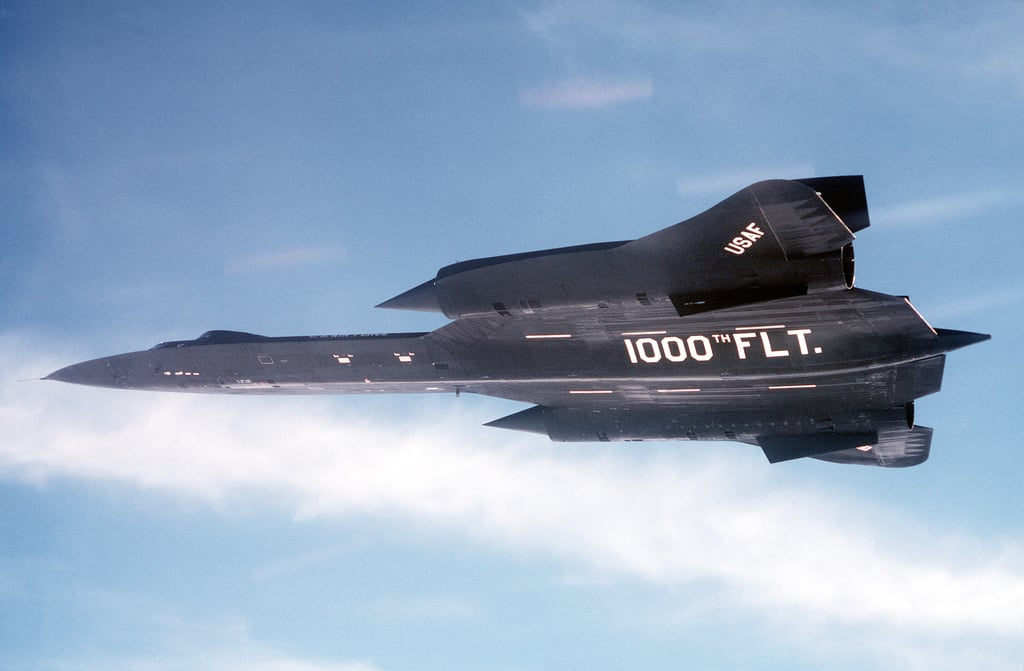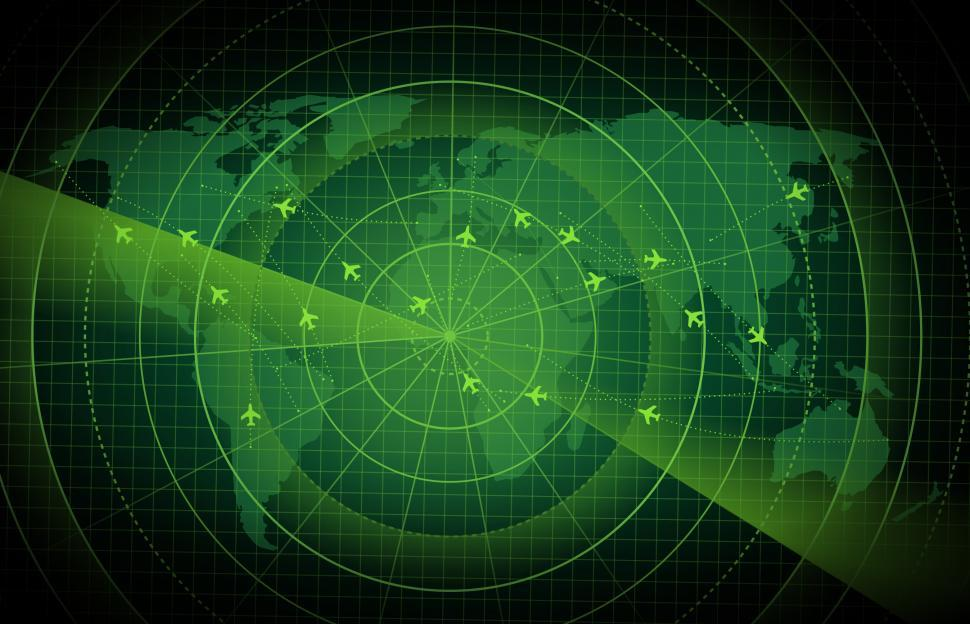
Might humanity already be cohabiting its skies with technology it doesn’t understand? New revelations by military and intelligence communities indicate that UAPs are not just real, but in some instances, possess capabilities beyond the limits of current aerospace engineering. These discoveries have rekindled controversies among scientists, defense analysts, and policymakers about what precisely is traversing our airspace and why it’s important.
In the last few years, the U.S. government has moved from dismissing UFO reports to opening permanent investigative offices. Concurrent with this institutional shift, valid eyewitness testimony, multi-sensor evidence, and historical documentation have come together to create a picture that is both tantalizing and partial. The next sections discuss the most intriguing parts of this unfolding narrative, ranging from physics-bending flight patterns to the call for serious scientific examination.

1. Pentagon Reports Describe Physics-Defying Acrobatics
The Pentagon’s most recent reviews synthesize reports from military pilots and sensor platforms, detailing objects that can make sudden accelerations, right‑angle turns at high speeds, and hover without apparent propulsion. Trans‑medium travel smooth passage from air to water is featured in some accounts at speeds that would annihilate conventional aircraft. Official testimony has mentioned that some UAPs have “anomalous characteristics and/or behaviors” that cannot be explained after multiple eye witnesses and confirmatory data.

These features push existing aerospace engineering boundaries. For instance, the previous program director Luis Elizondo has quoted acceleration levels of up to 600 G and velocities of close to 13,000 mph, which is much higher than the SR‑71 Blackbird’s flight capabilities. The lack of sonic booms and thermal signatures makes normal explanations even harder.

2. Data Show a Surge in Credible Sightings
From May 2023 to June 2024, the Defense Department’s All‑Domain Anomaly Resolution Office (AARO) received 757 new reports of UAP, increasing the total through late 2024 to 1,652. Although numerous reports were explained away as balloons, drones, or birds, 21 remain under active study because they exhibited abnormal flight behavior. In addition to video and multiple independent observer reports, some of these incidents have been investigated and cannot be explained, according to AARO director Jon Kosloski.
Most significantly, 81 reports came from U.S. military operating areas and three from pilots being shadowed by UAPs. This close association with sensitive areas highlights the security implications.

3. Historical Records Reveal Centuries of Anomalies
Although contemporary interest typically starts with the 1947 Roswell crash, recorded aerial phenomena go back thousands of years. Roman writer Livy reported “shields” in the sky in 218 BCE; Japan’s Nihon Shoki wrote about a bright boat‑like object in 620 CE; and in 1561, Nuremberg citizens saw structured vehicles fighting what appeared to be an aerial battle.
These pre-aviation, pre-science fiction accounts have fundamental similarities with modern reports: organized shapes, intelligent agency, and atmospheric impact. The consistency of such reports across cultures and centuries implies a phenomenon that morphs according to context but maintains uniform physical signatures.

4. National Security Stakes Are Rising
Security officials caution that unidentifiable technology in off-limits airspace may indicate espionage or testing of next-generation weapons. Even without any implications of extraterrestrial activity, the presence of unknown aircraft unchallenged near military facilities is a strategic issue. In at least 11 reported incidents over the last two decades, UAPs produced near mid‑air collisions with U.S. planes.
The Pentagon has assured it does not know of any competitor capable of relocating an object without perceivable propulsion. Other countries, however, such as China, have established their own UAP task forces, which shows that the world is in agreement with the security aspect of the issue.

5. Scientific Community Pushes for Rigorous Study
For years, stigma had kept scientists and pilots from reporting sightings. That is beginning to change. NASA funded a focused study in 2022 to evaluate how current and emerging instruments might collect high‑quality UAP data. Harvard’s Galileo Project is sending multi‑sensor observatories wide and narrow‑field cameras, radio antennas, and spectrographs to areas with high report frequencies.
These endeavors attempt to go beyond anecdote. As astrophysicist Thomas Zurbuchen has declared, “We currently don’t understand what’s flying in our airspace, not to the level that’s needed.” The objective is to ascertain whether UAPs are unknown natural phenomenon, cutting-edge human technology, or something new.

6. The Roswell Case and the Reality of Cover‑Ups
The Roswell incident continues to be a benchmark in UFO mythology. Declassified documents now indicate the debris was from Project MOGUL, a Cold War balloon surveillance program to monitor Soviet nuclear testing. The 1947 weather-balloon explanation was an intentional cover for secret surveillance technology.
Subsequent legends regarding crashed alien bodies and retrievals were linked to mistaken identification of test dummies and separate accidents. Roswell does not demonstrate extraterrestrial contact but does show how secrecy and half-truths lead to speculation spanning decades.

7. Distinguishing Signal from Noise in the Data
One major problem in UAP studies is sifting actual anomalies from misidentification. Studies indicate that sighting proximity to airports or military installations corresponds to greater sighting frequency, indicating most cases comprise routine aircraft. Others have been linked to satellites, like Starlink constellations reflecting the sun’s light.
Advanced tools, from machine‑learning algorithms to ground‑based sensor arrays, are being developed to classify sightings in real time. As Mick West, a researcher who debunks false UAP claims, notes, “We’re not really looking for aliens. We’re looking to explain what people are seeing.”

The intersection of valid eyewitness testimony, sensor readings, and history gives UAPs a place on the table for scientific and security research. Though most sightings will succumb to prosaic explanations, a hard center remains resistant to explanation. Whether these are unrecognized natural phenomena, classified human technology, or something yet more extraordinary, the search for answers is reorganizing the way governments, scientists, and the public approach the skies.


